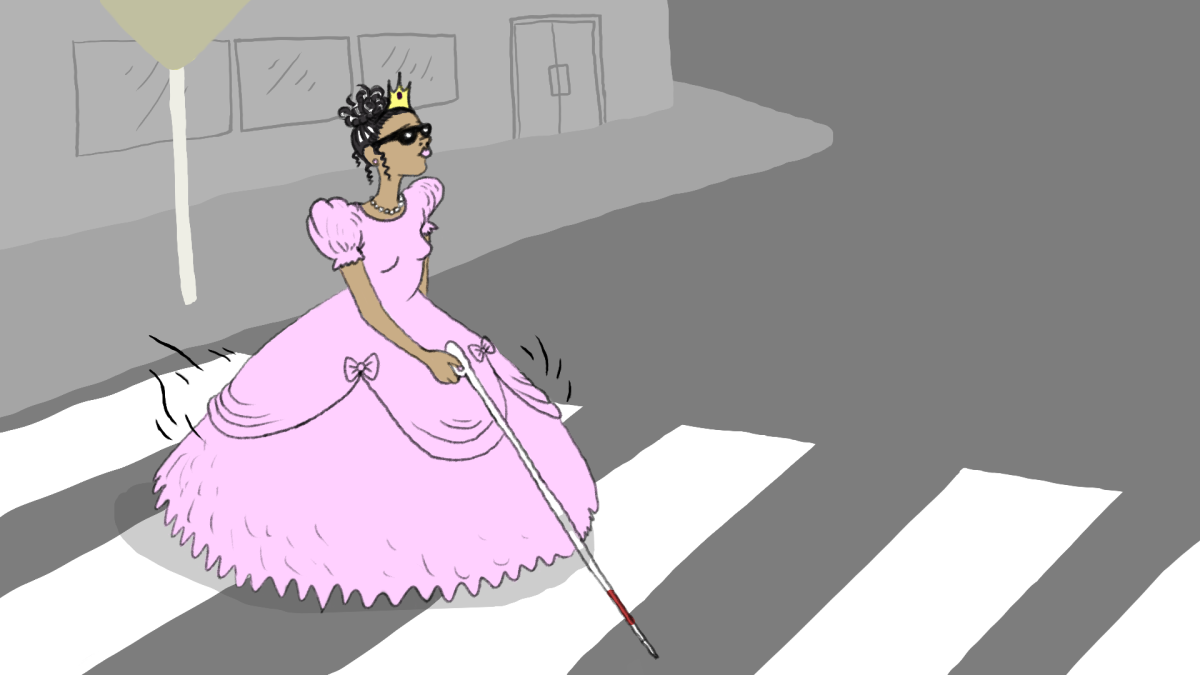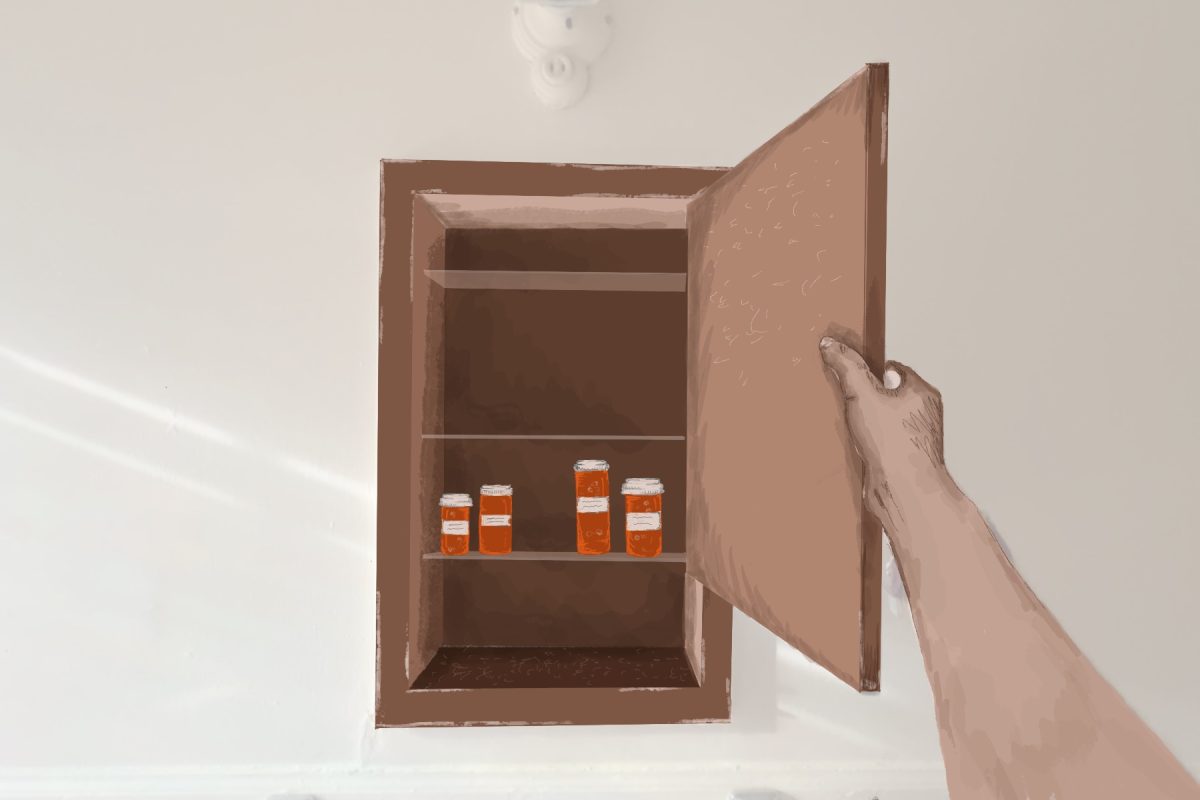Although economic woes and falling state revenue will probably dominate Gov. Beverly Perdue’s initial agenda, our state’s increase in crime and gang violence needs to be put back in the forefront with new data coming out showing the severity of the rise, specifically in the Raleigh area and in relation to gangs.
After last year’s highly publicized murder of UNC-Chapel Hill Student Body President Eve Carson, our state’s probation system came under fire after it was learned the two accused murderers were both on probation and then were later accused of murdering a student at Duke earlier last year.
The failure of the probation system is in the numbers and not just in the front-page articles as statistics show North Carolina probationers have committed 580 murders since 2000. It goes on further to say that system administrators discouraged officers from sending convicted criminals on probation back to prison after they had violated terms of their sentence.
Raleigh itself has seen a dramatic increase in homicides in 2008. In 2007, there were 23 homicides in the Raleigh city limits and by the close of 2008 there were 34 – a 48 percent increase from 2007.
In that same time frame Durham, a city with a reputation for crime and gangs, actually saw a decrease in homicides from 30 in 2007 to 24 in 2008.
Locally, N.C. State students were reminded of the reality of crime on a 30,000-student campus with the closure of an incident last year where a gang member shot a student near Wolf Village apartments to try and prevent testimony against a fellow gang member in a robbery trial.
Even more recently there was a shooting across from our campus on Hillsborough Street last week that thankfully resulted in no serious harm. Students need to be aware gang violence isn’t just relegated to poorer areas of the city, but it’s spreading to college campuses as well.
The increase in crimes and gang violence is concerning and should be addressed. The solution isn’t simple, because the police can’t prevent all crimes at all times.
There has to be a fundamental change in the culture that breeds an acceptance of violence in response to issues. Gang task forces need to be created and take proactive steps in schools and probation officers need to take a more probing stake in a probationer’s day to day routine to try and head off potential problems.
Unfortunately, this is going to cost money that isn’t readily available right now without cutting other programs – a hard sell in an incremental government mindset. The question then becomes how to prioritize our state’s spending?
Is it worth the cuts to foster an anti-violence mindset that will hopefully create safer cities and campuses across the state? Is it even possible to counter pop culture that promotes violence as a lifestyle? I hope so.





